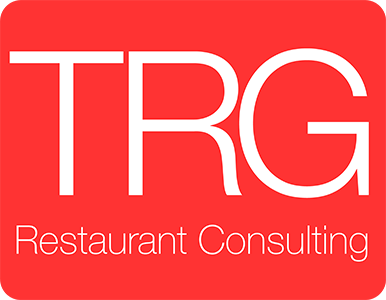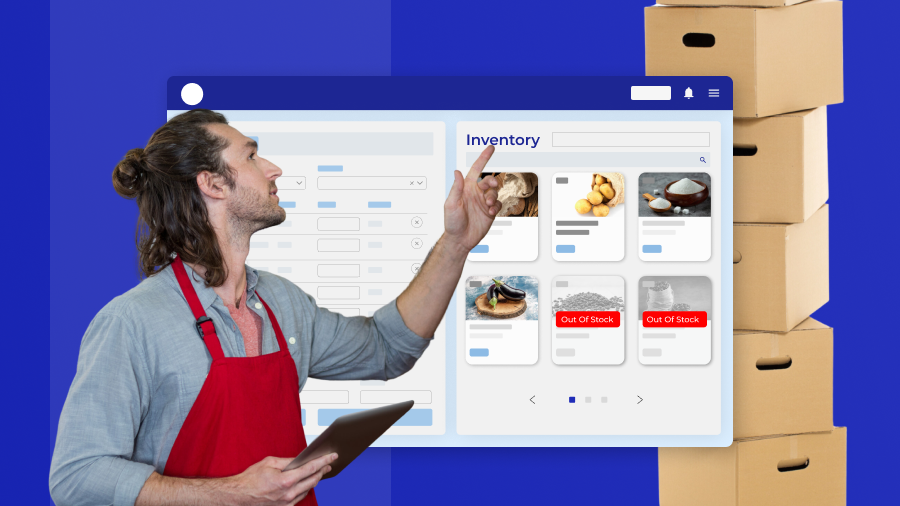Introduction
In the fast-paced world of restaurants, keeping a close eye on your inventory is as vital as the secret sauce in your signature dish. Proper inventory tracking helps reduce waste, control costs, and boost profits.
Imagine knowing exactly what’s in your pantry at any given moment—no more unexpected 86’d menu items or last-minute supplier scrambles. With a solid Restaurant Inventory Management system, your kitchen runs like a well-tuned engine, keeping operations smooth and your customers happy.
What Is Restaurant Inventory Management?
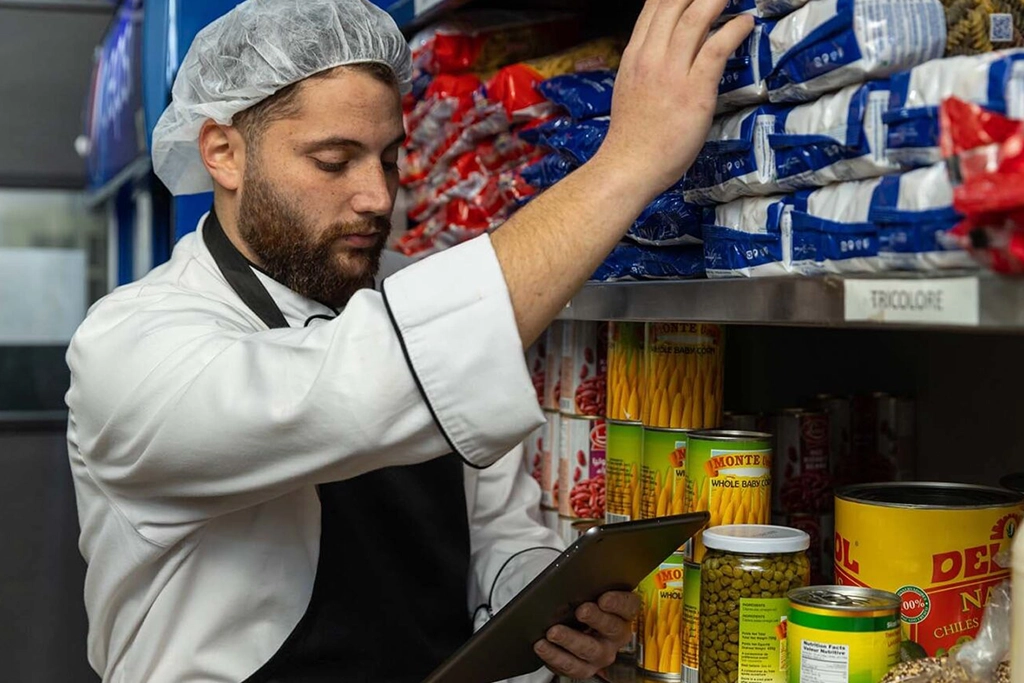
Definition and Purpose of Inventory Management in Restaurants
At its core, Restaurant Inventory Management involves tracking and controlling the ingredients and supplies that flow in and out of your restaurant. It ensures you know what you have, what you need, and when to restock.
Why Every Restaurant Should Prioritize Inventory Control
Effective inventory control means fewer surprises, less waste, and better financial management. Prioritizing it leads to:
- Lower food costs by minimizing spoilage and overordering.
- Increased efficiency by reducing the time spent searching for stock.
- Improved cash flow by purchasing only what’s necessary.
Key Components of Restaurant Inventory Management
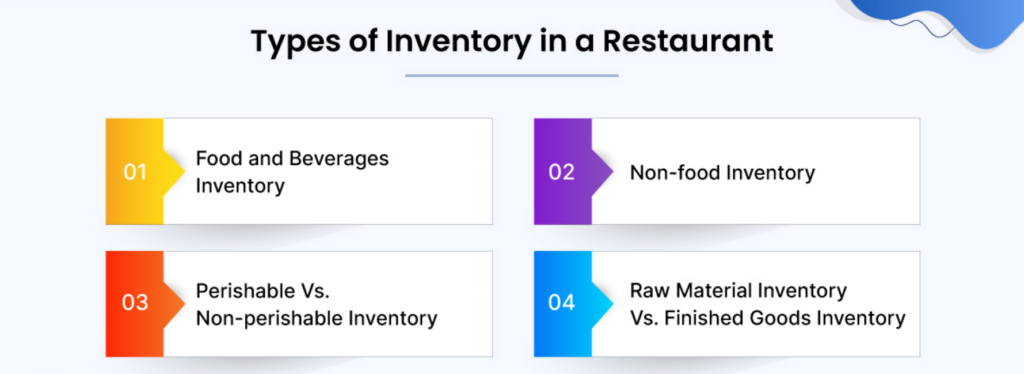
1. Understanding Different Inventory Types
To keep your restaurant stocked and running efficiently, track these key inventory categories:
- Raw Ingredients – Fresh produce, meats, dairy, dry goods, and other essentials.
- Beverages and Alcohol – Soft drinks, juices, beer, wine, and liquor.
- Paper Goods and Packaging – Napkins, straws, takeout containers, and disposable utensils.
- Cleaning and Maintenance Supplies – Sanitizers, dish soap, gloves, and equipment cleaning solutions.
2. Benefits of Proper Inventory Management
A foolproof Restaurant Inventory Management system leads to:
- Reducing Food Waste and Controlling Costs
- Tracking expiration dates prevents spoilage.
- Reducing overordering cuts unnecessary expenses.
- Preventing Stock Shortages and Overordering
- No more running out of key ingredients in the middle of service.
- Keeps stock at optimal levels, avoiding excess storage costs.
- Increasing Overall Restaurant Profitability
- Smart inventory tracking ensures better financial control.
- Waste reduction directly increases profit margins.
- Improving Operational Efficiency and Customer Satisfaction
- Orders are fulfilled on time without delays.
- Well-stocked kitchens ensure a seamless dining experience.
How to Implement an Effective Inventory Management System
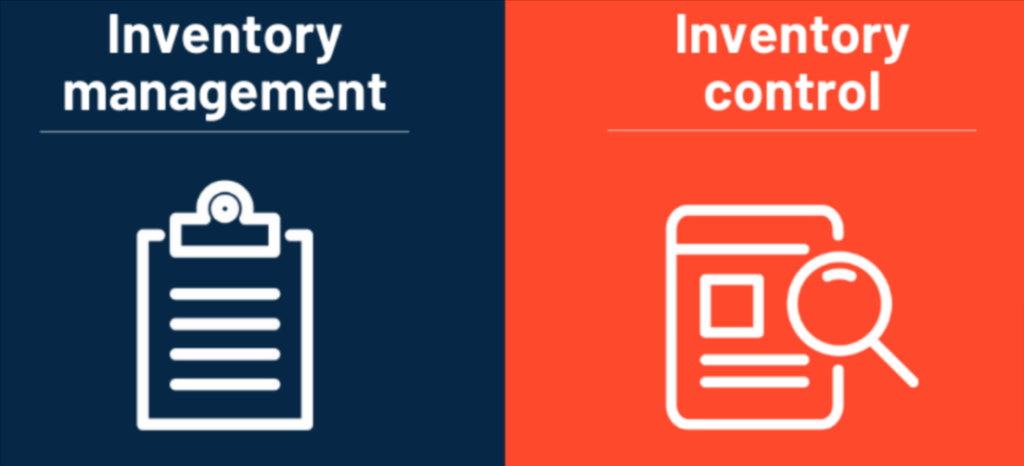
1. Organize and Clean Stock Areas
- Best Practices for Structuring Inventory Storage:
- Keep storage areas neat and categorized for easy access.
- Group similar items together to prevent misplacement.
- Labeling and Categorizing Food Items for Easy Tracking:
- Label all items with names and expiration dates.
- Use color-coded tags for different food groups.
2. Establish a Regular Inventory Schedule
- How Often Should You Conduct Inventory Checks?
- Perform daily spot checks for critical items. Conduct weekly audits for perishables.
- Complete monthly audits for long-term stock.
- Assigning Staff Roles for Inventory Management:
- Assign team members to oversee stock checks.
- Train staff on accurate inventory recording.
3. Develop a Comprehensive Inventory Sheet
- What to Include in an Inventory Template:
- Item name, category, quantity, unit cost, and expiration date.
- Reorder levels and supplier details.
- Digital vs. Manual Inventory Tracking:
- Manual tracking can work for small restaurants but is prone to errors.
- Digital tracking offers real-time updates and integrates with POS systems.
4. Track and Analyze Inventory Data
- Using Inventory Reports to Identify Trends:
- Review weekly reports to detect trends in stock usage.
- Spot recurring waste patterns to adjust orders.
- How Predictive Analytics Can Help Optimize Ordering:
- AI-powered software predicts future stock needs based on past data.
- This prevents overordering while ensuring you’re never understocked.
Best Practices for Managing Restaurant Inventory
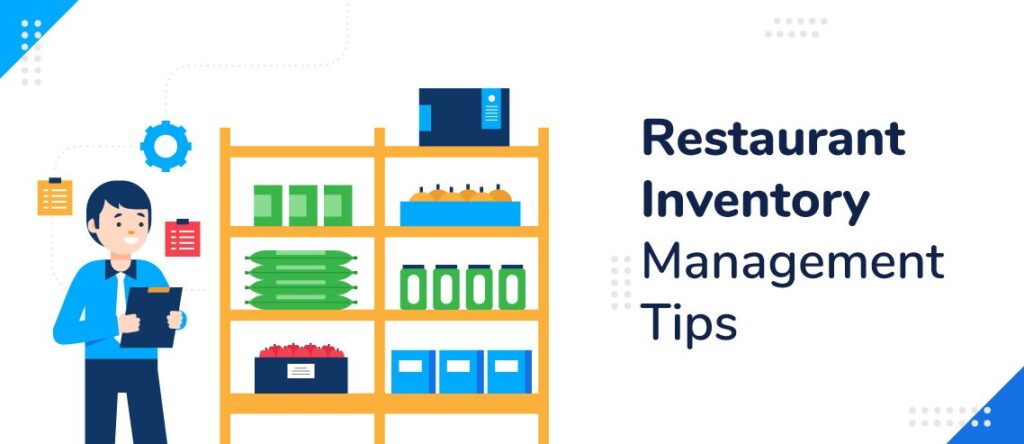
1. Use Cloud-Based Inventory Management Software
- Advantages of Automated Inventory Tracking:
- Updates stock levels in real-time.
- Reduces human errors and manual entry mistakes.
- Recommended Restaurant Inventory Management Tools:
- MarketMan – Great for large restaurants with multi-location tracking.TouchBistro – Offers seamless POS and inventory integration.
- Upserve – Features predictive ordering and food cost analysis.
2. Implement a First-In, First-Out (FIFO) System
- How FIFO Prevents Spoilage and Reduces Waste:
- Ensures older stock is used before newer items.
- Reduces food waste and saves money.
- Organizing Inventory for Maximum Efficiency:
- Store older products at the front, newer ones at the back.
- Train staff to always pull from the front.
3. Integrate Inventory with Accounting and POS Systems
- How Syncing Data Improves Accuracy and Cost Control:
- Prevents stock discrepancies and incorrect financial reporting.
- Helps track Cost of Goods Sold (COGS) accurately.
- Top Restaurant POS Systems for Inventory Management:
- Square for Restaurants – Best for small businesses.
- Toast – Features built-in restaurant inventory tools.
4. Regularly Audit and Adjust Inventory
- Conducting Weekly and Monthly Inventory Audits:
- Weekly spot-checks prevent shrinkage and errors.
- Monthly full audits keep your stock records accurate.
- How to Spot Theft, Mismanagement, and Loss Prevention:
- Monitor stock levels that don’t match sales records.
- Restrict access to high-value inventory items.
Tools and Resources for Restaurant Inventory Management
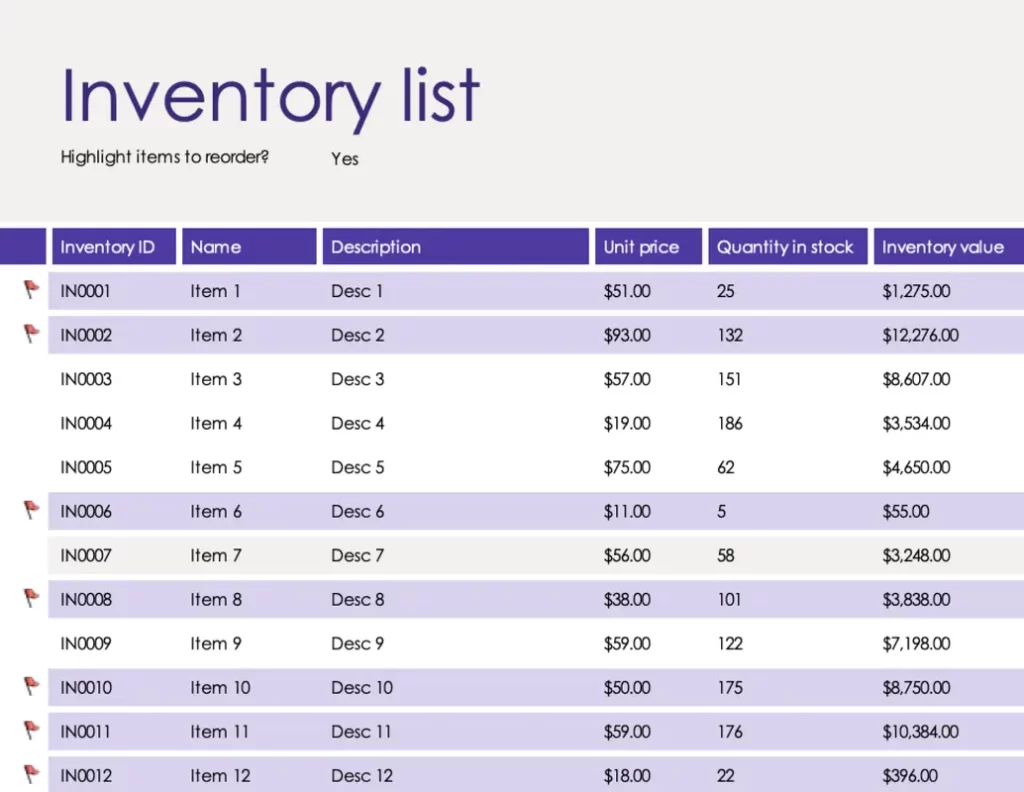
1. Free Inventory Management Templates
- How to Create and Customize Your Own Tracking Sheet:
- Add supplier details, par levels, and reorder alerts.
- Keep a digital version for quick updates.
- Where to Download Free Restaurant Inventory Templates:
- MarketMan and TouchBistro offer free templates.
2. Choosing the Right Inventory Software
- Features to Look for in Restaurant Inventory Management Software:
- Real-time tracking, automated ordering, barcode scanning.
- POS system integration for seamless order management.
- Comparison of Top-Rated Inventory Tools:
- MarketMan – Best for multi-location restaurants.
- Upserve – Great for analytics and food cost tracking.
Conclusion
The Impact of Effective Inventory Management on Restaurant Success
A strong Restaurant Inventory Management system ensures lower food costs, streamlined operations, and improved profit margins. With the right tools and strategies, you can eliminate waste and boost efficiency.
How to Get Started with Restaurant Inventory Improvements Today
- Implement FIFO to reduce waste.
- Use digital tracking for accurate inventory control.
- Conduct regular audits to prevent stock discrepancies.
- Invest in cloud-based software for real-time updates.
Start today, and watch your restaurant’s efficiency and profitability soar!
